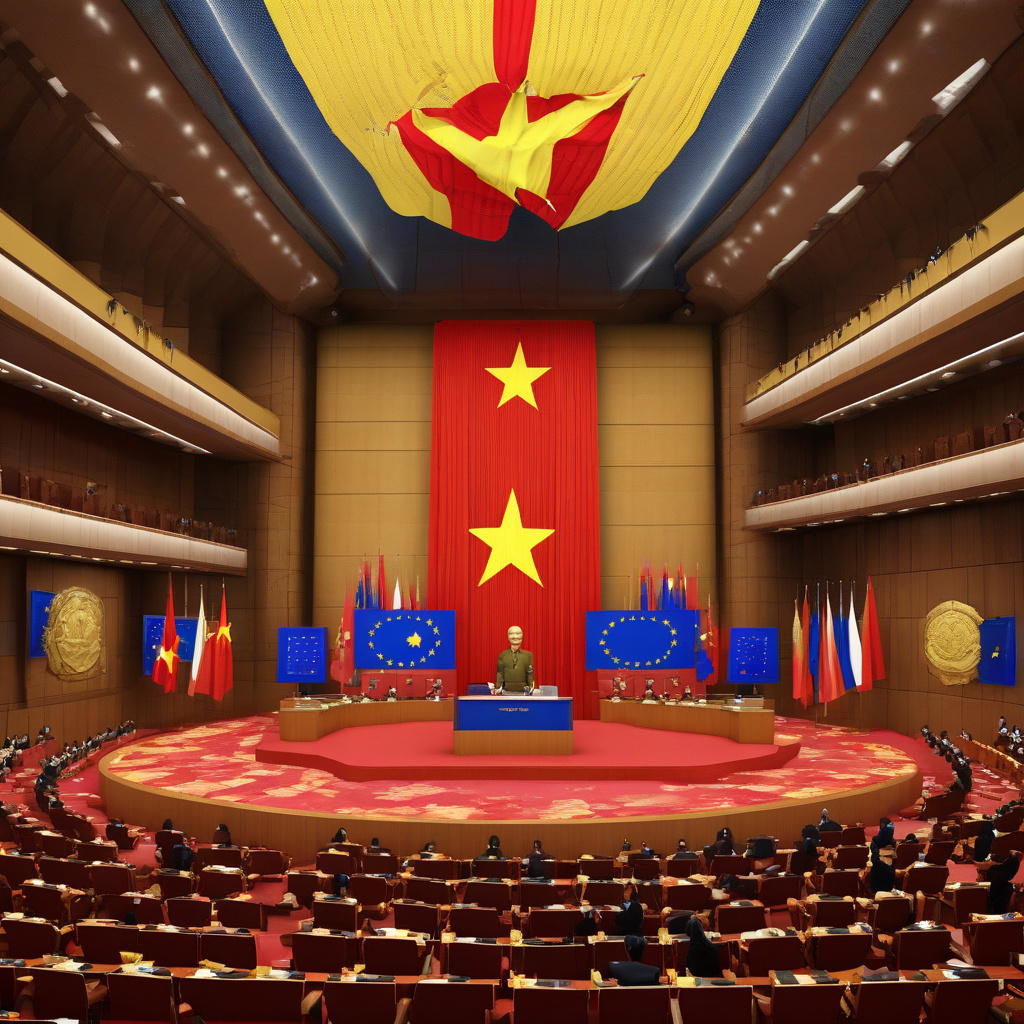Vietnam Adopts Draft AI Law with Inspiration from EU Model
Vietnam is making significant strides in the realm of artificial intelligence (AI) regulation with the unveiling of a new draft AI law that takes inspiration from the European Union’s model. The draft law, a pioneering initiative in the Southeast Asian region, establishes four distinct risk levels for the use of AI technologies and introduces stringent oversight regulations to ensure responsible and ethical deployment.
The Vietnamese government’s proactive approach to AI regulation reflects a growing global awareness of the need to balance innovation with accountability. By drawing inspiration from the EU’s established framework for AI governance, Vietnam aims to create a robust legal foundation that promotes the development and adoption of AI technologies while safeguarding against potential risks and abuses.
One of the key features of the draft AI law is the classification of AI applications into four risk categories based on the potential impact and level of autonomy of the systems. This risk-based approach allows for targeted regulatory measures that can adapt to the diverse range of AI technologies and applications, from low-risk automated systems to high-risk autonomous decision-making algorithms.
In addition to risk classification, the draft law introduces strict oversight rules that mandate transparency, accountability, and human oversight in the development and deployment of AI technologies. Companies and organizations utilizing AI systems will be required to conduct risk assessments, ensure data privacy and security, and provide explanations for AI-generated decisions that affect individuals’ rights and interests.
Furthermore, the draft law emphasizes the importance of human control and supervision over AI systems, particularly in high-risk scenarios where the potential for harm or misuse is more pronounced. By prioritizing human oversight and intervention, Vietnam aims to instill public trust in AI technologies and mitigate concerns about job displacement, bias, and ethical implications.
The introduction of the draft AI law aligns with Vietnam’s broader strategy to position itself as a regional hub for technological innovation and digital transformation. By establishing clear regulatory guidelines for AI development and deployment, Vietnam seeks to attract investment, foster domestic talent, and enhance its competitiveness in the global AI landscape.
As Vietnam moves forward with the implementation of its AI law, stakeholders from government, industry, academia, and civil society will play a crucial role in shaping the final regulatory framework. Collaboration and dialogue among these diverse stakeholders will be essential to address emerging challenges, identify best practices, and ensure that the regulatory environment remains agile and responsive to technological advancements.
In conclusion, Vietnam’s draft AI law inspired by the EU model represents a significant milestone in the country’s journey towards responsible and ethical AI governance. By prioritizing risk-based classification, strict oversight rules, and human-centric principles, Vietnam is laying the groundwork for a sustainable and inclusive AI ecosystem that balances innovation with accountability.
Vietnam, AI law, EU model, regulation, oversight.












